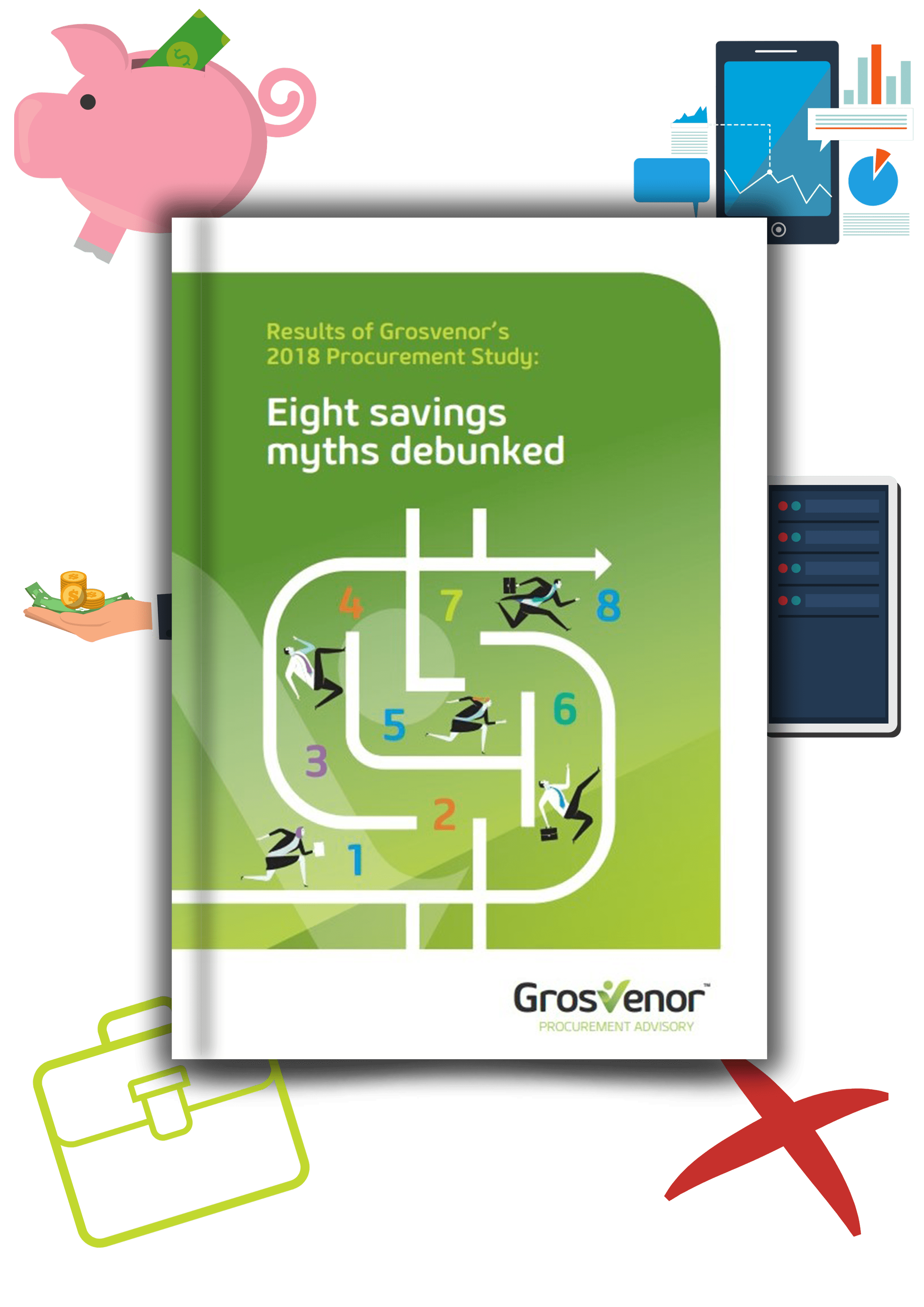3 Steps to Procurement Utopia

Procurement and contracting is more complex than many people realise. It’s not simply buying goods and services to the cost, quality and time you need them.
It’s also about:
- strategy development
- stakeholder engagement and buy-in
- relationship management
- change and behaviour management
- and so many more intangibles.
If you’re involved in procurement and contracting, you know this already. But what if the procurement is high risk and/or high value, or a contract has gone pear-shaped – do you know how to adapt your approach to suit? Or if your procurement function has little voice in the business – how can you get a seat at the decision-making table?
If you’re not already involved in procurement and contracting but are about to be, it’s a brave new world. The strategy of beating your supplier’s prices down is no longer an effective procurement approach. So what spend levers can you use? And how do you ensure that your new contract adds value to your policy or program?
Modern and effective procurement
Modern and effective procurements and contracts are characterised by:
- investment in the contract strategy and design
- clear, outcomes-based procurement documentation
- streamlined and efficient evaluation
- transparent and realistic negotiations
- benefits measurement and a shared commitment to improvement between the client and service provider.
If you’re not already there, three things you can do now to transition to this utopia are:
1. Plan the contract strategy thoroughly
What do you actually need from the contract, and what do you want? Is cost really the main driver, or is safety or service quality more important? For example, the first priority for contracts which could impact aircraft operations is safety, with cost being a much lower priority.
2. Design and distribute useful procurement documentation
You’re not tied to your procurement team’s template. Feel free to expand on this if it will help the service provider better understand your needs, and make sure your documentation is fit for purpose. Don’t use a template with a response section limited to 15 pages for a half a million dollar contract – yes, we’ve seen this happen!
3. Commitment to a partnership with your service provider
Many clients, especially in government, make the mistake of thinking that an arms-length transaction means the service provider needs to be ‘outside the tent’. Once this kind of thinking takes place, critical information is not shared, which inhibits service responsiveness, and the service provider loses motivation to service your contract to their highest and best ability – why should they, if you don’t trust them?
This is just a simple summary of the many factors which need to be considered for high stakes procurements and in resolving dysfunctional contracts. Sometimes talking to someone confidentially outside your organisation can help to give you clarity and a plan for getting to where you want to be.









 We are all about sharing our expertise to help you and your organisation be the best it can be.
We are all about sharing our expertise to help you and your organisation be the best it can be.